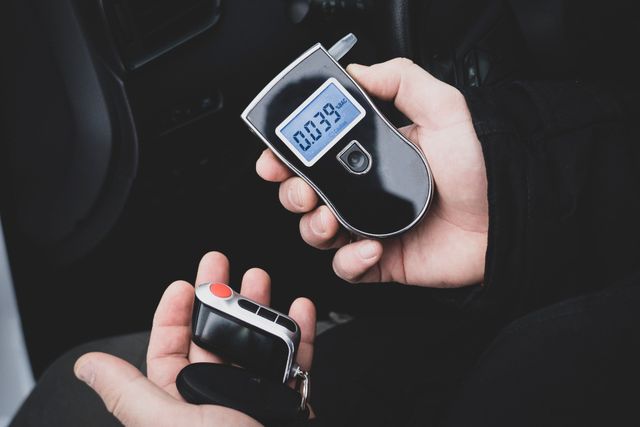If you’ve ever asked, “When did DWI become illegal?”, the answer might surprise you. Drunk driving laws didn’t spring up overnight. They evolved over more than a century—shaped by technology, tragedy, politics, and public outrage. Today, driving while intoxicated is one of the most aggressively prosecuted offenses in the United States, but it wasn’t always this way. In fact, there was a time when drinking and driving wasn’t just tolerated—it was practically normalized.
In this deep dive, we’ll trace the history of how drunk driving became illegal, explore the development of DWI laws, and reveal how culture, law enforcement, and advocacy groups transformed a dangerous habit into a criminal offense. Through storytelling and real-world examples, we’ll analyze how society’s shifting views turned the question of when did DWI become illegal into a broader narrative about safety, responsibility, and the law.

The Early Days: A Time Before Laws Caught Up
Back in the early 1900s, cars were a novelty, not a household staple. Roads were unpaved, traffic was light, and legal frameworks for motor vehicles were nearly nonexistent. Unsurprisingly, there were no rules against drinking and driving simply because lawmakers hadn’t yet considered the consequences. It was an era where personal responsibility and public safety had yet to collide in the realm of motorized transport.
In fact, the very first automobile-related fatality in the U.S. occurred in 1899. But at that time, nobody was talking about blood alcohol content (BAC) or sobriety tests—mostly because the idea of regulating driver behavior hadn’t fully formed. Accidents were seen as rare and unfortunate, not predictable or preventable.
However, as the number of cars grew, so did the number of crashes—and the public started noticing. This growing concern would soon push lawmakers to take the first steps toward legal intervention.
When Did DWI Become Illegal in the U.S.? The First Law in 1910
So, when did DWI become illegal for the first time? The answer: 1910, in New York.
New York became the first state to pass a law prohibiting operating a motor vehicle while intoxicated. Soon after, California and other states followed suit. But here’s the catch—these early laws didn’t define intoxication in the way we do now. Instead, they relied heavily on observable behavior. If a police officer thought you were “visibly drunk,” you could be arrested.
There were no breath tests. No BAC limits. No uniform standards. It was all based on perception and testimony.
Still, that first law in 1910 planted the seed. It acknowledged, for the first time, that alcohol and automobiles didn’t mix.
Prohibition and Drunk Driving: An Ironic Relationship
The 1920s Prohibition era saw the nationwide ban of alcohol, but paradoxically, drunk driving still remained a problem. People didn’t stop drinking—they just drank illegally. And since DWI laws were barely enforceable and courts were lenient, convictions were rare.
During Prohibition, public attention focused more on bootlegging and speakeasies than on road safety. But as cars became more powerful and highways expanded in the 1930s and 1940s, the combination of drinking and driving became a public safety concern.
Still, enforcement lagged. So even though DWI had technically become illegal, real-world consequences were often nonexistent.
The Rise of the Breathalyzer: A Game-Changer in the 1950s
The answer to when did DWI become illegal gains momentum in the 1950s—not because of new laws, but because of new tools. Enter: the Breathalyzer.
Invented by Dr. Robert Borkenstein in 1954, the Breathalyzer revolutionized how police tested for alcohol impairment. For the first time, officers could scientifically measure a person’s BAC without a blood test.
This technological leap gave DWI enforcement teeth. Instead of arguing about whether someone “seemed drunk,” police had hard evidence.
As a result, states began setting legal BAC limits. Most adopted a threshold of 0.15%—nearly twice today’s legal limit.
While the laws still varied widely, one thing became clear: drunk driving wasn’t just dangerous—it was measurable. And measurable behavior is enforceable behavior.

A Shift in Attitude: The 1970s and the Push for Reform
By the 1970s, drunk driving was still rampant. But now, the social tides were shifting. A growing body of research linked alcohol-related crashes to thousands of deaths each year. Advocacy groups and safety experts began pushing lawmakers to act.
In 1971, the National Highway Traffic Safety Administration (NHTSA) began recommending states reduce their BAC thresholds. But real momentum came from grassroots activism.
Real-life tragedy brought the issue home for many. Families who had lost loved ones to drunk drivers became vocal advocates. They told the world that DWI wasn’t just reckless—it was criminal negligence.
The question “when did DWI become illegal” turned into another: Why weren’t the laws stronger?
The Birth of MADD: A Turning Point in 1980
Few groups changed the conversation around drunk driving as dramatically as Mothers Against Drunk Driving (MADD). Founded in 1980 by Candy Lightner after her 13-year-old daughter was killed by a repeat drunk driver, MADD galvanized national attention.
MADD pushed for stricter laws, lower BAC limits, and harsher penalties for repeat offenders. Their pressure worked. Within a decade, the U.S. had:
- Lowered the legal BAC limit to 0.10%, then later to 0.08%
- Increased the drinking age to 21 (via the National Minimum Drinking Age Act of 1984)
- Created zero-tolerance policies for underage drivers
- Pushed all 50 states to treat DWI as a serious criminal offense
This era marked a significant shift. The phrase “when did DWI become illegal” no longer referred to isolated state laws—it now meant a full-scale federal and cultural shift.
Legal BAC Limits: When 0.08 Became the Standard
The movement toward a national BAC limit didn’t reach its destination until the 1990s and early 2000s. Advocates pushed for uniform standards, arguing that inconsistent laws across states created confusion and undermined public safety.
By this time, data overwhelmingly showed that even moderate alcohol levels impaired driving ability. In 2000, Congress passed legislation encouraging states to adopt a 0.08% BAC limit by threatening to withhold federal highway funds. This financial pressure gave states the incentive they needed to fall in line.
By 2005, every U.S. state had adopted the 0.08 standard. This marked a major milestone in aligning public health policy with law enforcement strategy.
That answered the evolving version of when did DWI become illegal—in modern terms, DWI with a BAC of 0.08% officially became the legal threshold in every state. It created a clear, science-backed definition of impairment that could be enforced consistently across the country.

Real-Life Story: The Case That Made It Personal
In 1989, a Texas man named Jerry was driving home from a party. He had two beers—maybe three, he said. On a back road outside Austin, he crossed the center line and struck another vehicle head-on. The other driver, a mother of two, didn’t survive.
Jerry’s BAC was 0.12%. Though it was below what some states considered “extremely drunk,” it was still over the limit.
His defense? “I didn’t feel drunk.”
The jury didn’t buy it. He was convicted of vehicular manslaughter and sentenced to eight years in prison.
This case—and thousands like it—showed how subjective feelings about intoxication didn’t hold up against cold, measurable facts. It also reinforced the importance of strict, objective DWI laws.
DWI Today: Where the Law Stands
Fast-forward to today. DWI laws are among the most aggressively enforced in American criminal law. Police departments conduct regular sobriety checkpoints. Prosecutors seek stiff penalties. Courts impose mandatory license suspensions, fines, and jail time.
DWI is no longer a gray area. It’s a criminal offense—plain and simple.
Currently:
- BAC of 0.08% is the standard for adult drivers in all 50 states
- BAC of 0.04% applies to commercial drivers
- Zero-tolerance laws apply to drivers under 21
- Refusing a breathalyzer often results in automatic license suspension
Additionally, repeatDWI offenses are treated more harshly, with felony charges in many jurisdictions. And now, some states even apply enhancedDWI charges if a child was in the vehicle, or if someone was injured.
International Perspectives: A Global Push Against DWI
So far, we’ve focused on the U.S., but the global community has also cracked down on drunk driving.
- Sweden enforces a BAC limit of 0.02%
- Japan has a near-zero tolerance policy and severe penalties
- Australia and Germany heavily publicize anti-DWI campaigns and impose fines and suspensions for even low-level BACs
Clearly, the world has recognized that impaired driving, regardless of country, endangers lives. This global movement mirrors the United States’ shift from leniency to accountability.

Final Thoughts: Why the Evolution of DWI Laws Still Matters
So, when did DWI become illegal? Technically, it started over a century ago in 1910. But functionally, the true transformation took decades—driven by technology, tragedy, and tireless advocacy.
From early moral judgments to modern data-driven enforcement, drunk driving laws evolved alongside our understanding of alcohol’s impact. The fight for stronger DWI laws wasn’t just about criminalizing behavior—it was about protecting lives.
Today, those laws stand as a hard-won reminder that progress in public safety doesn’t happen overnight. It happens when society collectively decides that one more preventable death is too many.
And that’s why remembering when DWI became illegal isn’t about dates—it’s about what those dates represent: the moment we chose safety over silence.

